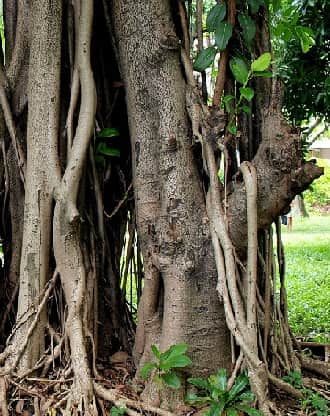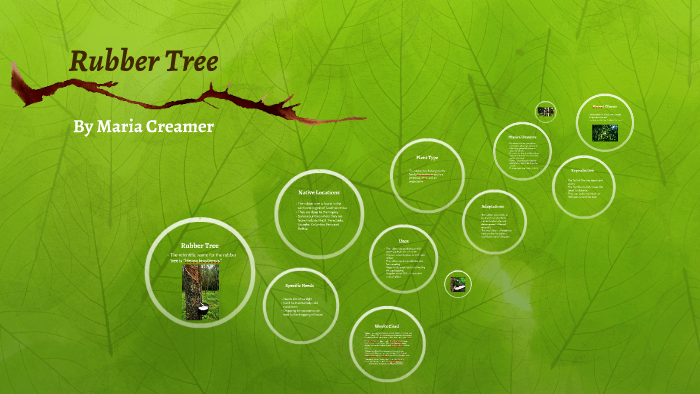Rubber Tree Adaptations

They can grow to be 14 inches 35 cm long and up to 6 inches 15 24 cm wide.
Rubber tree adaptations. The second reason is due to the cutting down of the tree after it is 30 years old. One kind the india rubber plant is a common houseplant. These trees love to be in full bright lights but will adapt if necessary to duller lighting. The leaves of the rubber tree have drip tips photo.
In the wild the rubber tree will grow to heights of 100 to 130 feet and can live up to 100 years. Most of the world s natural rubber however comes from the rubber tree with the scientific name hevea brasiliensis. It can reach its full size in. When the rubber tree grows older it will generate less amount of latex.
The rubber tree in the plantation has slower growth level if they are tapped for latex. Another predator of the rubber tree is the tambaqui. The leaves of the rubber tree are glossy oval shaped and dark green. Therefore the people have to cut it down.
The rubber tree has beautiful smooth dark shiny leaves and a light shaded bark. There are several kinds of plants that can produce rubber. These are all adaptations that plants have made in order to thrive in the tropical rainforest environment. Finally most rainforest tree bark is thin and smooth this is because it allows water to slide down easily.
A rubber tree also referred to as rubberwood can be tapped for latex once it reaches approximately six years of age. War against the rubber tree. Found in many products from tires to toys natural rubber is made from the milky sap of the rubber tree. Its most famous feature is the milky white sap known as latex which flows freely from the tree when a sliver of bark is removed.
During the day rubber trees prefer temperatures from 21 29 degrees celsius 70 85 degrees fahrenheit and at night they like temperatures from 18 23 degrees celsius 65. It is a rapidly growing tree as are most trees in the tropical rainforest it can sprout 24 inches 60 cm or more each season if it is in the proper environment. Cultivated on plantations in the tropics and subtropics especially in southeast asia and western africa it replaced the rubber plant in the early 20th century as the chief source of natural rubber it has soft wood. Rubber tree hevea brasiliensis south american tropical tree of the spurge family euphorbiaceae.
With a small amount of latex it means that the people can. Tambaqui destroys the rubber tree s seedlings and eats the nut that are left.















































